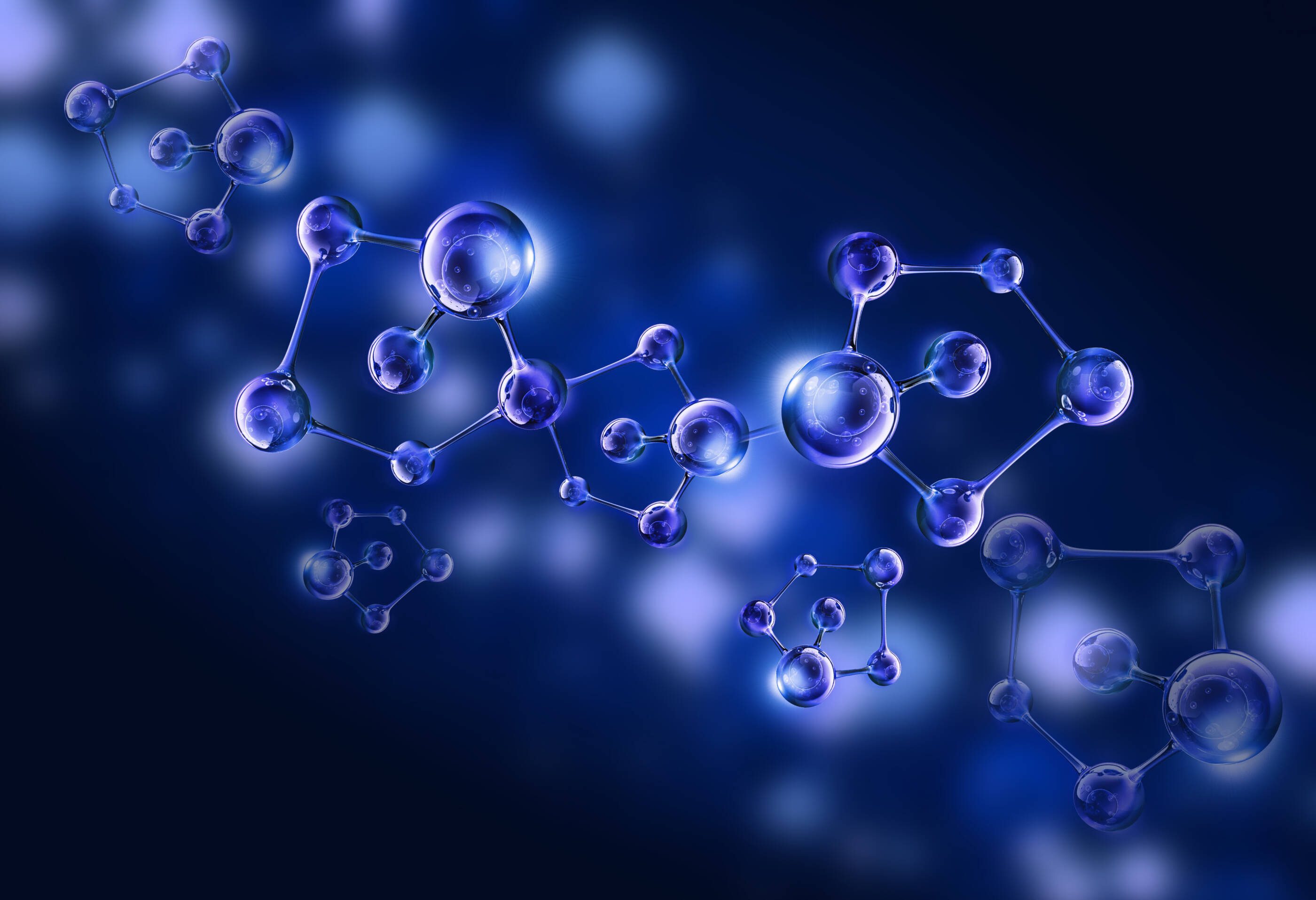Environmental Progress Report
What we're doing to protect tomorrow, today.
For more than 100 years, ExxonMobil has played a proud role as a community partner and environmental steward, and this year was no different. With one of the largest refining and petrochemical complexes in the world, we are continuously optimizing our processes to minimize emissions, enhance energy efficiency and maintain the highest standards for environmental care. Ultimately, our goal is to prevent environmental incidents and improve our environmental performance. Continue reading to learn what we’ve accomplished in the past year to drive environmental progress in the Baytown area and what we’re planning to do in the future.
What we've done
Emissions reductions we've achieved between 2019 and 2022:
15 %
29 %
50 %
82 %
38 %
Additional reductions:
15% reduction in flare VOC emissions from 2020 to 2022 at our Mont Belvieu Plastics Plant
150 kiloton reduction in total greenhouse gas emissions at our Baytown Olefins Plant from 2021 to 2022
Air quality improvements in the greater Houston area
Greater Houston ozone nonattainment area
1985
A large part of the greater Houston area experienced high levels of ozone.

2021
In 2021, ozone levels continued to show improvement.

What we're doing
Driving a lower carbon future for Baytown

What is carbon capture and storage (CCS)?
Why CCS?

%2b3646%2bx%2b3648%2b3646%2bx%2b3648.jpg)
Why the Houston area?
The concept by the numbers
Houston CCS concept could capture:
~50M
The equivalent of taking
20+M
cars off the road~100M
~$100B
to reduce emissions at a lower cost to society, protect current jobs and potentially generate tens of thousands of new jobs.Bringing hydrogen to Baytown, Texas

watch to learn more about
Blue Hydrogen In Baytown, Texas
What is blue hydrogen?
Blue hydrogen is a low-carbon product manufactured from natural gas. The CO2 generated during the manufacturing process is captured and stored permanently underground. The result is clean-burning hydrogen that produces no CO2.
Replacing natural gas with hydrogen at the Baytown olefins plant could reduce the integrated complex's CO2 emissions by up to 30% compared to current operations. This further supports the company's ambition to achieve net-zero greenhouse gas emissions (Scope 1 and 2) across our operated assets by 2050. The International Energy Agency sees hydrogen and hydrogen-based fuels meeting 10 percent of global energy needs as part of its "Net Zero by 2050" scenario.
Where does CCS fit in?
The carbon capture and storage project included in this plan would be one of the world’s largest, capable of storing up to 10 million metric tons of CO2 per year – equal to the emissions from more than two million cars. This carbon capture and storage facility would mark ExxonMobil’s initial contribution to the Houston CCS hub concept.
What’s next?
Evaluation and planning for the Baytown project are ongoing and, subject to stakeholder support, regulatory permitting and market conditions, a final investment decision is expected in two to three years.
Advanced recycling
Advanced recycling fast facts
-
A molecular conversion
Advanced recycling, also called chemical recycling, refers to technologies and processes that can enable us to molecularly convert difficult-to-recycle plastics into virgin-quality raw material used to make a wide range of valuable new products – and potentially repeat that process over and over again. -
Benefits of advanced recycling
Advanced recycling is a necessary complement to mechanical recycling to help reduce plastic waste in the environment. Each time plastic is mechanically recycled, it degrades in performance. Plastic can also become contaminated when it is recovered from waste streams, so there are limitations on food contact for some mechanically recycled plastics. -
Potential emissions advantages
Using plastic waste as feedstock for refineries and chemical plants creates identical final products, but with potentially lower GHG emissions versus traditional fossil fuel-based feedstock. Both advanced recycling and mechanical recycling have a GHG emissions advantage over incineration, which is a common method to dispose of plastic waste, particularly in the developing world.





